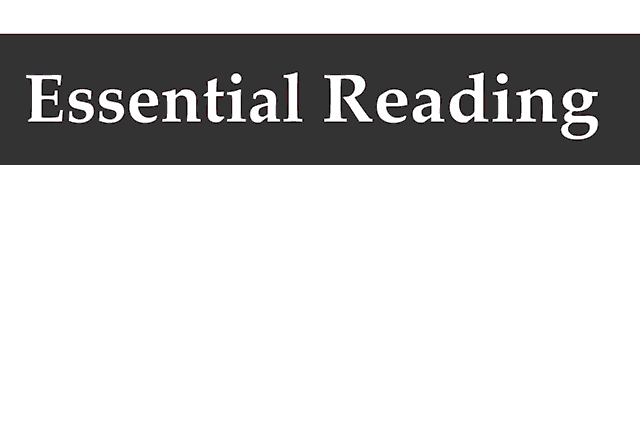 By Pepper Parr
By Pepper Parr
August 23rd, 2020
BURLINGTON, ON
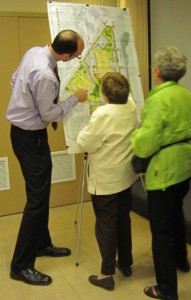
Interim Community Development Director Jamie Tellier has a lot of careful explaining to do in the years ahead.
It was just a Receive and File Community Planning transmittal report – it was also a marker as to what the planning department was going to come to Council in the way of an ask when the budget is on the table.
Interim Community Planning Director Jamie Tellier told the Standing Committee that the department was a mess. He was asking Council to:
Approve the Future State organizational structure for Community Planning in principle as identified in the presentation contained in Appendix A. The Gazette reported on that presentation earlier this week.
In September 2019, Council approved a new organizational design for the executive level of the corporation that puts an emphasis on strategic management, risk assessment and public accountability, while also positioning the city to attract and retain employees in a growing and competitive marketplace.
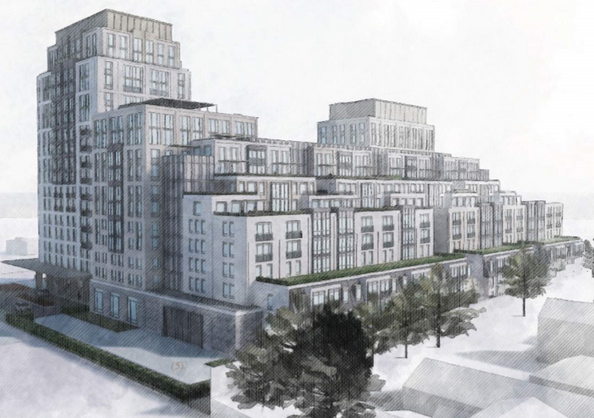
The north side of a very large complex development that is mired in an LPAT appeal and the problems created with the Interim Bylaw.
The new structure will also enhance and highlight the City’s attention to City-wide customer service and public engagement through business process improvements, corporate-wide training and ongoing transformations such as digital service delivery.
As a natural progression of Phase I, city departments are now considering their organizational designs.
The Staff report sets out the problem in pretty stark language. “The current state of Community Planning organizational structure is out of balance and consists of several staff in contract roles as well as several vacancies. While we are actively recruiting to fill some vacant positions, this level of instability adds to workload pressures while creating challenges to retain talented staff. The current state of Community Planning requires unraveling into a more coherent framework.
“Community Planning must respond to the shift from greenfield policies and development to urban intensification and infill. Increased complexities in legislation, policy frameworks, and development applications are limiting the ability for Community Planning to meet service expectations with the organizational structure and staff resources currently in place.”
There are significant workload drivers from both the development and non-development portfolios of the department. The following are examples
Approximately 50 Active Major Development Files.
About 7000 residential units, 40 Tall/Mid-rise buildings, Employment, Commercial.
30 Major Development Pre-consultations to date.
11 Appeals for Major Developments to LPAT. 31 Appeals to ICBL.
Pre-building permit application volumes are up more than 50% from this time last year.
Adopted Official Plan, Comprehensive Zoning By-law Review, Housing Strategy, Region MCR, Core Commitment, Various Urban Design Guidelines and a Cultural Heritage Strategy.
This is all going to cost – expect it to be major – in the millions.
The city is facing expense pressures on several levels and revenue shortfalls on even more levels. Transit and Parks and Recreation have not produced that much revenue. COVID-19 has eaten into revenue and pushed the expense side up.
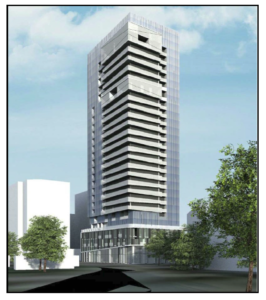
The ADI development in the downtown took up months of planning time. An OMB decision on this development made it possible for developers to propose projects that have already changed to look and feel of the downtown core.
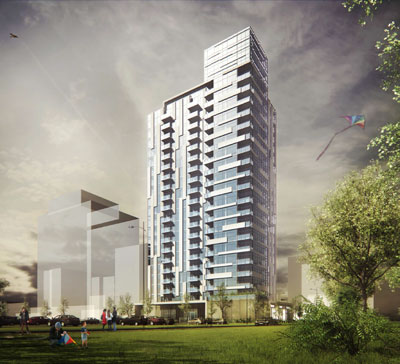
The Molinaro development in the west end required far less staff time
Phase II for Community Planning will have a financial impact on the corporation. Additional staff are required in addition to reconciling various contract positions into permanent roles.
Due to cost implications, the updated organizational structure of the department cannot occur at once – phasing will be required based on urgency and strategy. Four phases are proposed to implement the future state organizational structure of Community Planning and are outlined with approximate gross and net (tax supported) costs.
Parallel to Evolving the Organization – Phase II for Community Planning, a development application fee study is required to ensure fiscal sustainability of the department and that our fees are reflective of the effort in processing increasingly complex development applications. It is anticipated that the outcome of this study will offset some of the increased costs from the new organizational structure. The cost to undertake this study can be accommodated within the 2020 budget.
The transition from current state to future state of the Community Planning organizational structure over the next three years will result in an increased budget for human resources in particular.
The current state cost for Community Planning is approximately $3.4 Million ($1.0 Million Net Tax Supported).
Factoring in all contracts and above compliment staff, the actual costs for Community Planning is approximately $4.1 Million ($1.5 Million Net Tax Supported). This is an increase of approximately $0.7 Million ($0.5 Million Net Tax Supported) above current state.
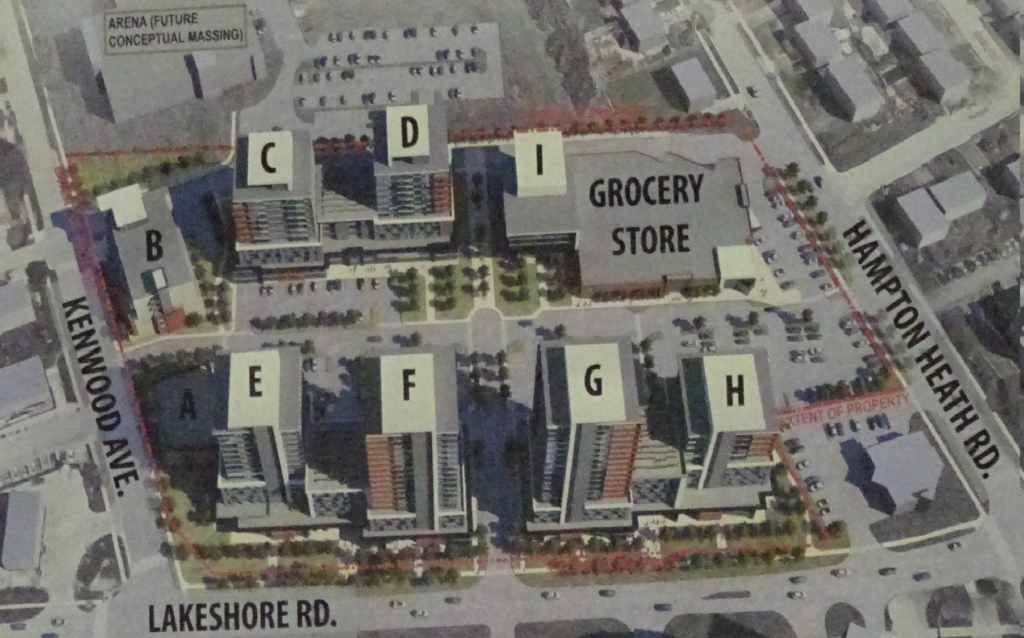
While just a proposed development at this point – this is a large project that will eat up months of planning staff at a time – these create the need for additional planning staff.
The estimated future cost for Community Planning is approximately $5.9 Million ($2.2 Million Net Tax Supported). This is an increase of approximately $1.8 Million ($0.7 Million Net Tax Supported) above actual cost.
Reserve Funds are going to have to be used to address immediate needs.
Service fee adjustments and consideration of business cases through 2021 and 2022 budget process will determine how and when the other phases get done.
Related news story:
Planning human resource problems – the numbers.


